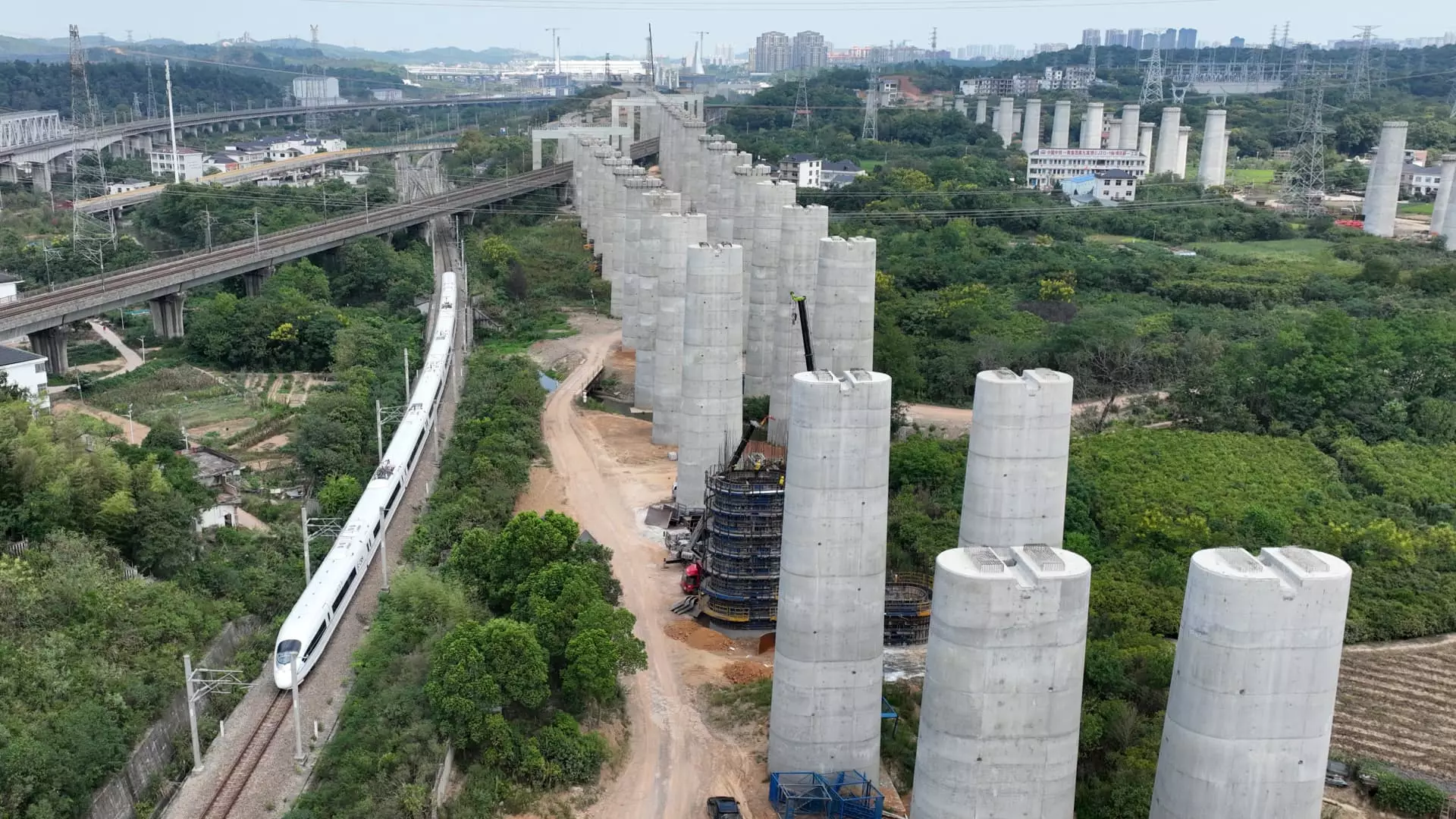The economic landscape of China has undergone significant turmoil, primarily driven by a persistent lull in consumer spending that can be traced back to a damaging real estate crisis. This crisis does not exist in isolation; it is intricately linked to local government finances heavily influenced by rising debt. The dramatic shift away from real estate investment, which constituted the bulk of household wealth over the past two decades, has cast long shadows over the local economies and their financial health.
China’s government enacted stringent regulations on property developers in 2020, aimed at curbing their reliance on debt. While these measures were essential for sustainable economic practices, the unintended consequence has been a severe drop in property values and a consequent decline in land purchases by developers. As regional developers retract their operations, local governments, particularly those at the district and county levels, are experiencing a dramatic shortfall in revenues. Analysts from S&P Global Ratings have forecasted that the financial recovery of local governments could extend as long as five years, a timeline that raises concerns regarding the escalating debt levels locally and nationally.
China’s real estate market had been a significant revenue generator, providing local authorities with crucial funds through land sales and tax income. However, the decline in this sector is severely constraining their revenue-generating abilities, leading to an increasingly strained fiscal landscape.
In an aggressive attempt to reclaim lost revenue, local authorities have resorted to collecting back taxes from businesses linked to operations as far back as 1994. This unprecedented move has sent shockwaves through the business community, creating an atmosphere of fear and uncertainty. Companies ranging from small businesses to larger players have been subjected to daunting repayment demands, aggravating the fragile state of commerce.
This situation reflects a broader desperation within government systems to diversify income streams as traditional revenue sources dwindle. Regions like Jiangsu and Zhejiang may exhibit a slight recovery with revenue growth, but it is overshadowed by the looming financial distress many businesses are experiencing.
The CKGSB Business Conditions Index, which measures the overall health of the business sector, has remained stagnant, hovering around the threshold that signifies contraction. The index even dipped below this level in August, indicating growing pessimism. Retail sales, a barometer of consumer confidence, have recovered only modestly from their pandemic-induced lows, painting a concerning picture of the domestic economy.
In response to mounting economic pressures, businesses express reluctance to expand or increase pay scales, further inhibiting consumer confidence. This pessimism is fueled not only by financial constraints but also by government audits seeking to reclaim tax revenues that has already created an adverse climate for business growth.
The Chinese national taxation administration has had to address concerns surrounding these aggressive tax recovery measures. They have labeled these audits as routine and consistent with existing regulations, attempting to downplay fears of a systematic crackdown on businesses. Yet, this defensive posture has done little to calm the anxieties of business owners.
The underlying systemic issues must be confronted if meaningful recovery is to be achieved. Significant government spending commitments, such as education and infrastructure, cannot be reduced easily. The urgent need for revenue enhancement must be balanced against the ongoing necessity of supporting essential services that citizens rely on.
In seeking solutions, the Chinese government faces the formidable challenge of shifting the focus from an investment-driven economy to one that prioritizes consumer-driven growth. Reports suggest that the prolonged reliance on investment has led to suboptimal growth levels, impacting corporate financial health and perpetuating a cycle of rising debt.
Remarkably, warnings have emerged from expert economists who caution that the delays in policy pivots may lead to losses across broader economic facets, including inflation control and property market stability. Historical precedents show that previous rounds of deleveraging led to stagnated growth outcomes, an ominous sign for policy makers seeking to chart a new economic course.
China’s economic conundrum, characterized by a fragile real estate sector, struggling local governments, and shaky business confidence, reflects the complexities of transitioning towards a sustainable economic model. The interconnected nature of local finance, household wealth, and governmental policy underscores the urgency of addressing these challenges. While the road ahead is fraught with difficulties, strategic interventions and pragmatic solutions are vital for stabilizing the economy and fostering consumer confidence. The future of China’s economic revival hinges on its ability to navigate these multifaceted challenges and rejuvenate its growth potential in the years to come.


Leave a Reply